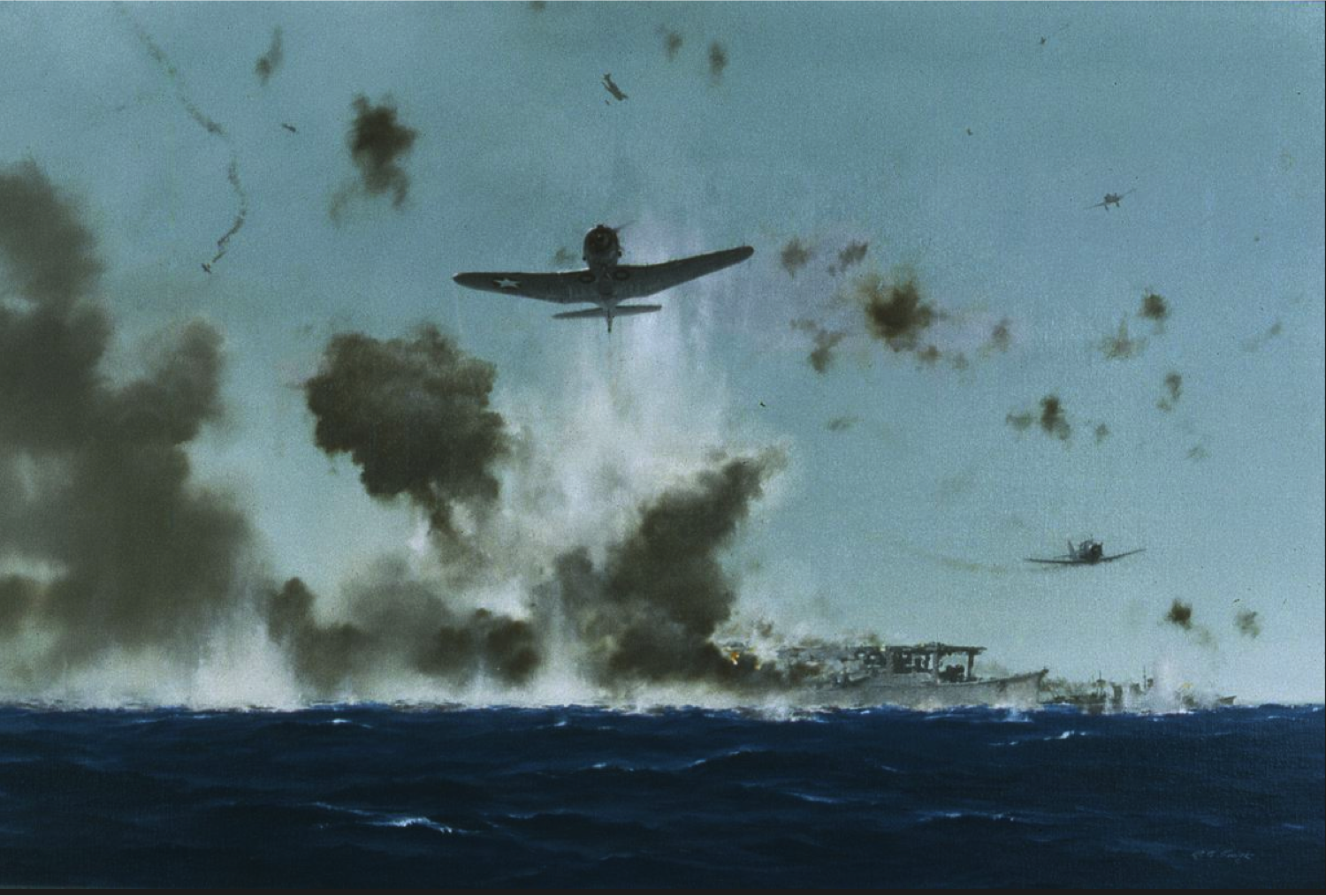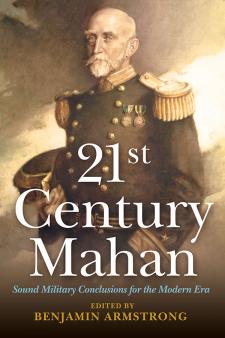Flightdeck Friday – Postings from the Naval Aviation Museum
After having spent the better part of a day re-visiting the National Museum of Naval Aviation, located onboard NAS Pensacola, there is much to post about – most good, but some others. For background, despite spending 26 years on active duty, when I left Pensacola for the E-2C replacement squadron (RVAW-120) in Norfolk, I would return to P-cola only twice – the most “recent” being 1987. Much water has passed under the bridge since then and the Museum has considerably expanded in floor space and exhibits. Included in the visit was an opportunity to re-connect with an old OPNAV shipmate who now is on the Naval Aviation Museum’s staff as CEO, Kevin Miller, who took time out of an exceptionally busy schedule to point out some items of particular interest, including a walk through of the National Academy of Flight (a separate post to come). I probably should also mention that several hundred pictures were taken (the joys of digital SLRs) and after I winnow the wheat from the chaff, I’ll be sharing some here.
But before any of that, a personal observation of the museum and the attending philosophy. Being a connoisseur of aviation museums here and abroad, I believe this is by far the best on a number of fronts – variety and presentation of exhibits to be sure, but most important is access. Visit the museum at Wright-Patt or the Smithsonian’s NASM on the Mall or Dulles annex, and you will find the rare and historical neatly and exquisitely restored to pristine condition. And just like viewing the collection of diecasts at your uncle’s place, you can look, but can not touch, beign kept at a distance by barriers of one sort or another. Like delicate moths and butterflies in some master collectors’ compendium, the aircraft are neatly ordered and set at ground or from high in the rafters. From afar, you can oh and ah, take the obligatory shots, and be herded on to the next beautifully set exhibit.
Not so at Pensacola.
Here, you can walk right up to arguably the two most important aircraft in the Museum’s inventory – the NC-4 and an SBD-2 Dauntless that survived Pearl Harbor and Midway. You can run your hand along the hull of the NC-4, feel the polished smoothness of the wooden props, and admire, up close and personal, the assortment of guy wires and doped fabric that held and covered the first aircraft to cross the Atlantic. Here you can run your hand over the fuselage near the gunner’s mount and observe the seeming random squares of skin rivited in place – reminders of the desperate battles in the skies over the Pacific as BuNo 2106 as one of only 8 of VMSB-241’s strike launched from Midway against the Kido Butai. Originally assigned to VB-2 on Lexington after Pearl Harbor (it was being held at Ford Island for further transfer to the Marines on Midway) BuNo 2106 participated in the first coordinated strike against Japanese shipping when on 10 March 1942, flown by Lieutenant (junior grade) Mark T. Whittier with Aviation Radioman Second Class Forest G. Stanley as his gunner, the aircraft joined 103 other planes from Lexington and Yorktown (CV 5) in a raid against Japanese shipping at Lae and Salamaua in New Guinea. Credited with pressing home his attack against a Japanese ship, Whittier received the Navy Cross.
At Midway, with with 1st Lieutenant Daniel Iverson as pilot and Private First Class Wallace Reid manning the .30-caliber machine gun in the aft cockpit, BuNo 2106 was one of sixteen SBD-2s of VMSB-241 launched to attack Japanese aircraft carriers to the west of Midway. Approaching the enemy carrier Hiryu, the Marine planes came under fire from antiaircraft gunners and fighters of the enemy combat air patrol. Iverson, with two Japanese Zero fighters following him down in his dive, released his bomb at an altitude of 800 feet. While egressing the target area, the pair of Zeroes on Iverson’s tail were joined by two others, which pursued the Dauntless for miles, holing his plane 219 times, knocking out his hydraulic system and wounding Reid. One bullet came so close that it clipped Iverson’s throat microphone chord. Nevertheless, he managed to return to Midway, making a one-wheel landing on the atoll. His was one of only eight SBD-2s of VMSB-241 to return from the attack against the Japanese fleet. For their actions, Iverson received the Navy Cross and Reid was awarded the Distinguished Flying Cross.
Today you can physically link the post-strike photo of BuNo 2106:
with the real thing – note the patch above the number 6:
Try doing that from 20 – 30 feet away, and without attracting the unwanted ministrations of the always ready, frowning security personnel somewhere else.
A final thought in this regard – while many of the aircraft have been restored to exceptional status (see especially the 50’s era jets which will be in a subsequent post), this shot was particualrly compelling:
This was the VF-213 F-14D that flew the final combat mission for the Tomcat. Still in her final warpaint, it sits in the new extension, Hangar Bay One and looks like it was recently removed from the flight deck. The paint is still faded and stained by hydraulic fluid (and it still has a whiff of the stuff about it). Scuffed, scraped, rubbed and worn, it looks like the workhorse that it was. Just like the F-4 sitting next to it that carries a couple of NVAF MiG’s to its credit, but is wearing paint from her final deployment – it shows our aircraft may have been part of historical events, but they were still workaday aircraft that had to be prepped and armed for the next mission. Looking at the above, you have to stop an wonder at the number of aircrew or plane captain boots, themselves worn and slick from the accumulated grease and fluids of the flightdeck, had braced themselves there. How many gloves, of countless crews manning for any variety of missions to be logged with regular or green ink found purchase there.
I think folks like Pinch will especially come to recognize and appreciate it for what it is. As a former NFO and squadron CO, I know I do. And it is one of the chief reasons that the Naval Aviation Museum is more than just a collection of aircraft and why all the gee-whiz audio visual stuff others try to employ will just fall short – because nothing can beat the undiluted real deal.










Another aviation museum that gives patrons that close-enough-to-touch access is Hamilton’s (http://www.warplane.com/). It is smaller, and the individual aircraft don’t have such duty history though.
I spent many a weekend afternoon walking for the aviation A-schools to the Museum. A great way to waste an afternoon for a brand new sailor with no car and not willing to spend money to head out in town.
Excellent report. I was there in February of this year for the first time since AOCS and I could not believe I had not been sooner. Like many great museums, I would say it is impossible to absorb its knowledge in one day…or one week. It is well worth the trip to anybody involved with Naval Aviation.
Outstanding -I was there in 2009 when I attended PCU America LHA 6 Keel Authentication Ceremony. I made it quite a weekend to go from active duty construction at Pascagula, over to Mobile to see ex-USS Alabama, and ex-USS Drum, over to see the museum.
And if memory serves, in their USS Enterprise exhibit CV 6, I noticed some historical ‘fact’ listed was wrong. Unfortunately, I couldn’t find anyone to listen (and didn’t work that hard to find someone), and needed to get going.
Now – there’s a challenge for someone reading this to go review the Enterprise exhibit on the 2nd floor.
http://greatnavymusueums.blogspot.com/
I put together a blog about US Navy museums. I suspect I didn’t get them all.
As a civilian aviator with no military flying background, I have found a tremendous sense of appreciation for those who were a part of WWII. My father was one. I visited the museum in Pensacola about 8-10 years ago and the National Air and Space at Dulles last Oct (2010). I can see it is time to re-visit Pensacola. Thanks!